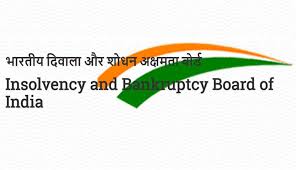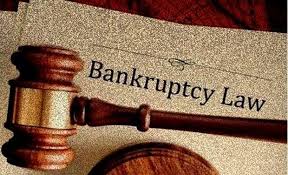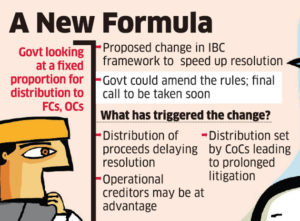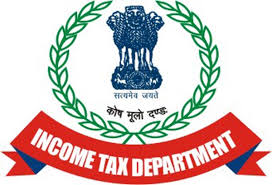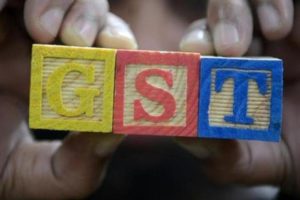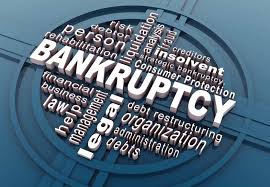
The Centre has decided to set up a Bench of the National Company Law Appellate Tribunal (NCLAT) in Chennai for clearing pending litigations.
Apart from decision to set up the NCLAT Bench in Chennai, five new
Benches of the NCLT were set up during 2018-2019 in Jaipur, Cuttack, Kochi, Indore and Amaravati.
The government has recently appointed another 28 members in the NCLT and 4 more members in the NCLAT. For capacity building of members, regular colloquiums are being held, apart from e-Court project being implemented in a few Benches with heavy case load.
Anurag Singh Thakur, Union minister for state for finance & corporate affairs, in a written reply to a question in the Lok Sabha said the Chennai NCLAT Bench is being set up in pursuance of judgment of the Supreme Court.
Benches of the NCLT are set up in states depending on the case load and other relevant factors. Considering the heavy case load at some existing Benches, additional members have been appointed and additional courts have been operationalised from time to time.
Thakur also said the government is taking steps to strengthen the NCLT and NCLAT in terms of number of Benches, number of courts and number of members to reduce pendency.
Press Information Bureau
Government of India
Ministry of Corporate Affairs
02-December-2019 15:12 IST
Government to set up National Company Law Appellate Tribunal Bench in Chennai
In pursuance of judgement of Hon’ble Supreme Court, the Government has decided to set up a bench of National Company Law Appellate Tribunal (NCLAT) at Chennai.
This was stated by Shri Anurag Singh Thakur, Union Minister for State for Finance & Corporate Affairs, in a written reply to a question in Lok Sabha today.
Benches of National Company Law Tribunal (NCLT) are set up in various States depending on the case load and other relevant factors. Considering the heavy case load at some existing benches, additional members have been appointed and additional courts have been operationalised from time to time.
The Minister further stated that the Government is taking all steps to strengthen the NCLT and NCLAT in terms of number of benches, number of courts and number of members, to reduce the pendency.
Apart from decision to set up NCLAT bench at Chennai, five new benches of NCLT have been set up during 2018-2019 at Jaipur, Cuttack, Kochi, Indore and Amaravati. The Government has recently appointed 28 more members in NCLT and 4 more members in NCLAT. For capacity building of members, regular colloquiums are being held. e-Court project has also been implemented in a few benches with heavy case load.
***********
Source: Financial Express

